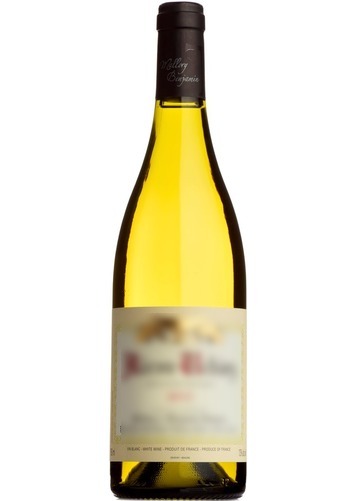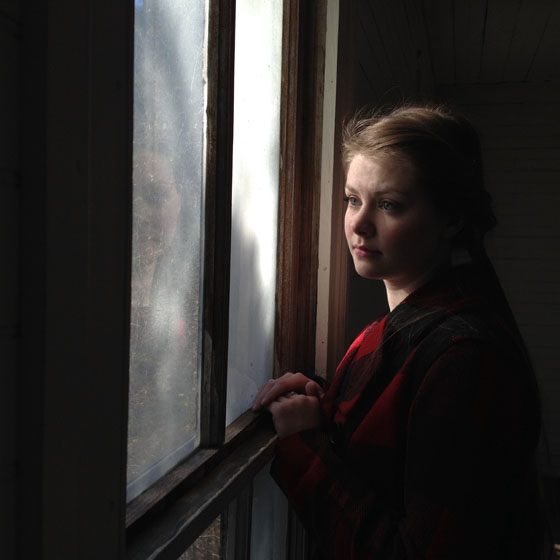
Photography can be a very rewarding pastime but, like golf, can be very frustrating. You know in your head what the image should look like, and when the final result is nothing like the imagination, factor in frustration.
What I am describing here is the learning process, but fortunately for the new photographer in today’s digital age, that process is shorter and the results are better than before. However, you need something more than megapixels.
You need a small notebook and a pen. Definitely late 1800’s technology!
The concept is reproducibility. For example, taking a photo of a bottle of wine is actually quite difficult, but once you get it right, next you want to do it again, and that is not something the DSLR’s can do for you.
When you think about it, there are not too many variables in photography as far as exposure is concerned. Aperture and shutter speed are the main ones, but get those factors wrong and you do not get the shot you want.
So now, with your trusty notebook, you have a recording device which will tell you the aperture and shutter speed any time you are tempted to photograph a bottle of wine, instead of drinking it! Though I suppose you can always photograph it first and drink it second.

Look at the wine bottle photo again. Here is another variable – the lighting. The trick here is to light the bottle from behind, so that the light shines through, and then with a white card you reflect some light back on to the label. All this you have jotted down in the notebook. The exposure values and a drawing of the lighting. With the notebook to assist you, it will make photographing wine a breeze in the future.
At times, the best exposure values can be difficult to ascertain, especially with portraits, and it is portraits that most photographers shoot. That photo of your child, wife, grandma is in reality, a portrait. So let’s take better ones!
Dissect the portrait shot by the window. The window is the light source and to get the correct exposure can be difficult. This is where the instant gratification of today’s cameras works so well. Keep changing the aperture until the shot has that air of mystery you want. Note the exposure values. Note also that the subject is not square on to the camera, but the body is at right angles, and the head is turned. Note also the fact that the eyes are at the junction of thirds!

By keeping a notebook close and handy, you have the starting point for some excellent portraits, covering lighting and posing.
Another favorite place for photography is the beach. Once again the lighting can be difficult to guess, and you must experiment with different aperture and shutter speeds until you get it right. Whip out the notebook and get the values down and you have saved yourself a lot of time next beach shoot. Note too, that a polarizer was used, and the palm tree is off to the side following the Rule of Thirds!
 |
 |
 |





